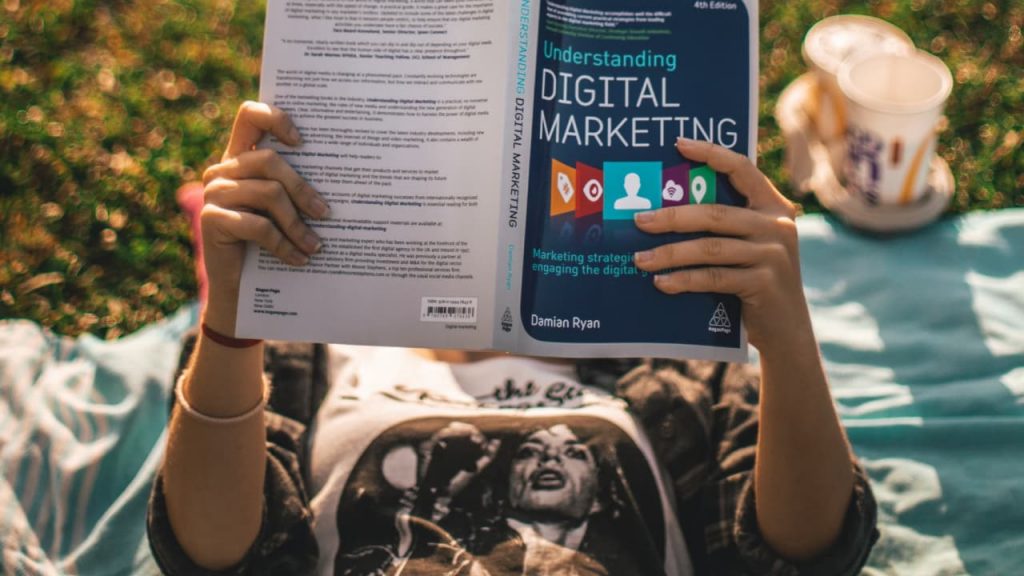
It is essential to understand the various types of marketing strategies that can propel your business forward. The global marketing and digital advertising market is projected to reach an impressive $786.2 billion by 2026, signifying the critical role of marketing in driving business growth.
The ability to identify and invest in the most effective marketing approaches can mean the difference between standing out in a saturated market or being outshined by competitors. Each form of marketing comes with its unique advantages, often designed to reach different segments of your target audience or achieve varying business objectives.
In this article, we’ll guide you through 18 essential types of marketing that can enrich your brand’s strategy. So, without any further ado, let’s get started!
1. Content Marketing
Content marketing is a strategic approach focused on creating and distributing valuable, relevant, and consistent content to attract and retain a clearly-defined audience. By aligning your content with your customer’s interests, you can effectively increase conversions.
49% of marketers now prioritize crafting content that resonates with their buyer’s perception and intent, showing a shift towards customer-centric strategies. It involves using various formats spanning blogs, videos, infographics, and podcasts and utilizing platforms like social media and your website to engage with prospects and customers online.

Image source Hubspot
Your content should provide value to your audience, answering questions and solving problems they may have. By focusing on content that customers find useful, you can strengthen your brand’s relationship with its audience, ultimately fostering loyalty and driving business growth.
2. Search Engine Marketing
Search Engine Marketing (SEM) is a powerful strategy that places your brand in front of customers who are actively searching for products or services like yours on search engines. It is a form of paid advertising that increases your brand’s visibility and boosts your traffic through paid search listings.
SEM involves two main components:
- Pay-Per-Click (PPC) Advertising: You bid on keywords that are relevant to your business and pay a fee each time your ad is clicked.
- Search Engine Optimization (SEO): Although often considered separately, SEO is essential in SEM to ensure your website is visible in the organic search results.
By investing in SEM, you position your brand to attract more qualified traffic, generate leads, and ultimately increase your sales and revenue.
3. Social Media Marketing
Engaging in social media marketing is indispensable for your brand’s visibility. With an estimated 5.17 billion social media users globally, your potential reach is vast. You can utilize a combination of social media platforms like Facebook, Instagram, Twitter, LinkedIn and TikTok based on your target demographics.
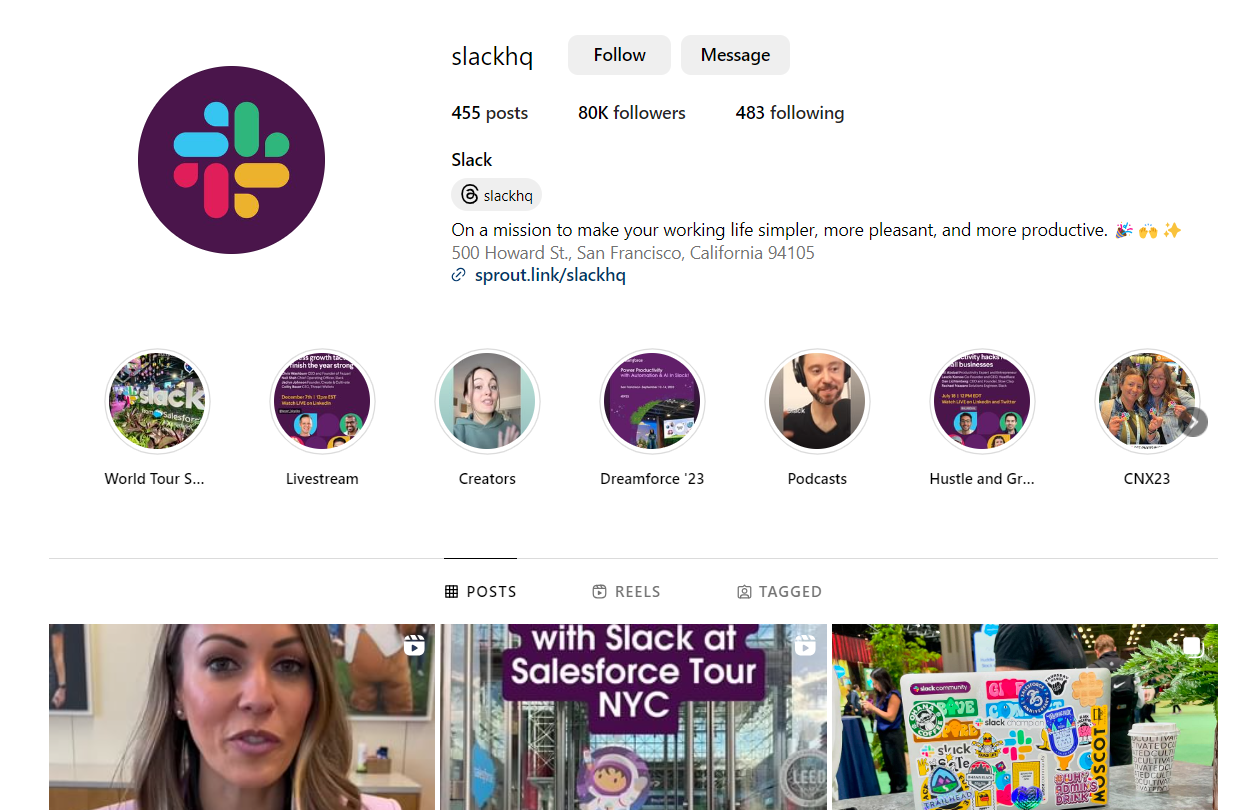
Image source Slack Instagram Account
To truly create a memorable social media presence, your content should be compelling and shareable. Mix up your social media posts using images, videos, infographics, polls and surveys, live sessions etc.
It is also vital to interact with your audience by responding to comments, acknowledging mentions and hosting interactive Q&A sessions. You can also use social media analytics tools to understand your campaign’s performance and modify your social media marketing strategy.
Remember, your strategy should be flexible; the social media domain continually evolves with new trends and algorithm changes. Consistently refine your approach by staying on top of these changes and adapting correspondingly. Your social media marketing efforts can result in improved brand recognition, higher engagement, and ultimately, increased sales.
4. Video Marketing
Video marketing is a powerful tool for your brand’s online presence. Statistics have shown that 91% of businesses used video as a marketing tool, highlighting its widespread adoption for effective brand promotion.
When you create video content, your goal is to connect with your audience. Videos should not only inform but also engage your viewers, leading to increased brand awareness and conversions. Starting with explainer videos, for instance, can dramatically improve your ability to clarify your brand’s value proposition.
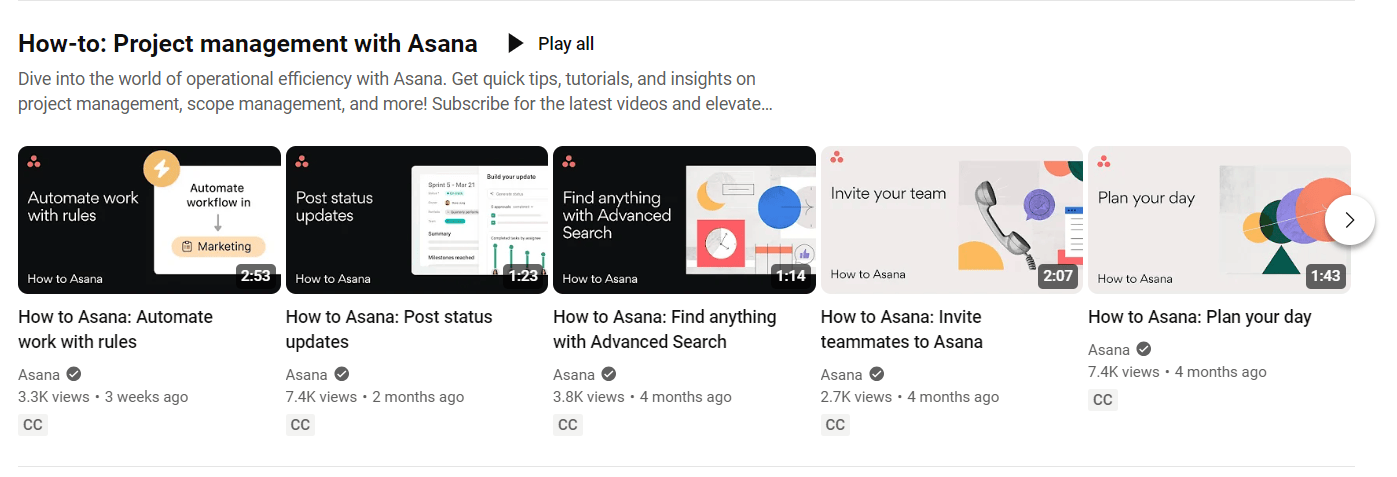
Image source Asana YouTube Channel
Consider these steps for your video marketing strategy:
- Plan Your Content: Identify what message you want to convey and how it aligns with your brand values.
- Understand Your Audience: Tailor your videos to the preferences and behaviors of your target demographic.
- Invest in Quality: Clear visuals and audio are imperative, so ensure you have the right equipment or hire professionals.
- Optimize for SEO: Utilize keywords and tag your videos properly to boost search engine visibility.
Remember that consistency is key in video marketing. Maintain a regular posting schedule to keep your audience engaged and to build a reliable brand image.
Your videos can become a means to demonstrate your expertise, showcase your products or services, and educate your audience, providing them with valuable, shareable content.
5. Email Marketing
Email marketing stands as a cornerstone of effective communication. It’s a personal channel allowing you to reach your audience’s inbox with tailored messages designed to encourage engagement and drive conversions.
Email marketing delivers a remarkable ROI. For every dollar spent on this type of marketing, businesses can expect an average return of $36.
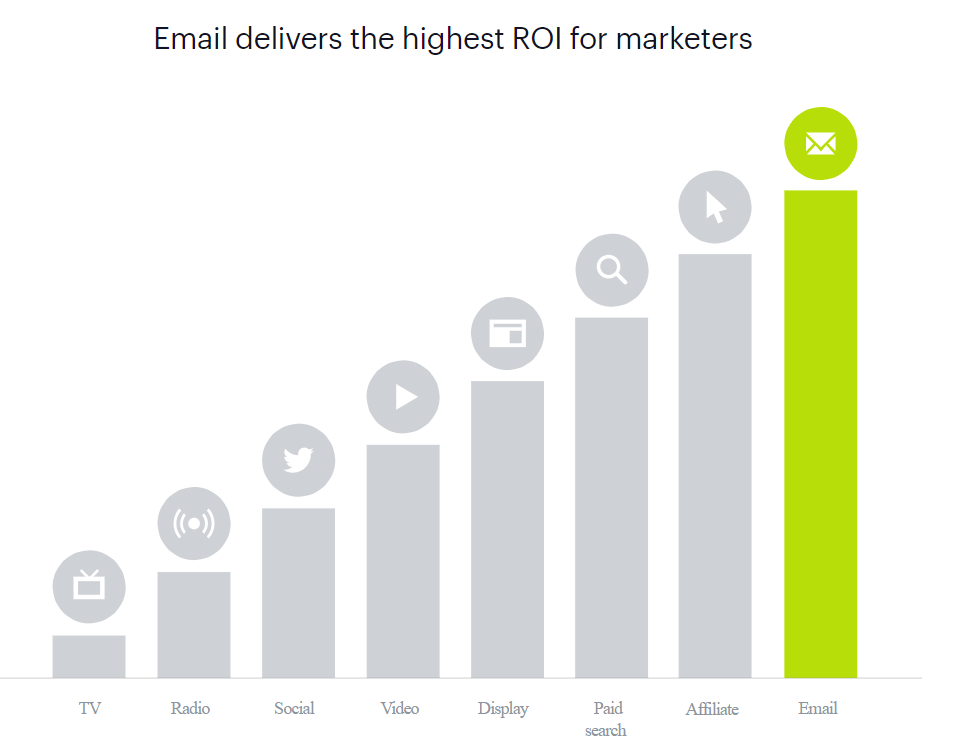
Image source CampaignMonitor
Here’s how to to leverage email marketing for success:
- Grow Your List: Aim for an average growth rate of your email list, and frequently cleanse it to maintain high engagement levels.
- Quality Content: Provide valuable content that resonates with your audience to foster loyalty and encourage shares.
- Consistency: Maintain a regular emailing schedule without overwhelming your subscribers to keep your brand top of mind.
By implementing a robust email marketing strategy, you can leverage direct access to your audience’s inbox to foster relationships, boost loyalty, and increase sales.
6. Voice Marketing
Voice marketing is a dynamic strategy that involves reaching your audience through voice-enabled devices. Apart from recruiting through voice-over agencies, You can encounter voice marketing on platforms like Amazon Alexa and Google Assistant. It’s a channel that connects you with users who prefer auditory communication, whether they’re at home or on-the-go.
Here’s how to implement voice marketing:
- Optimize for Voice Search: Utilize long-tail keywords and conversational language that users are likely to speak instead of type.
- Create Engaging Content: Develop podcasts or audio snippets that resonate with your target demographic.
- Measure Your Impact: Use analytics to track the reach and engagement of your voice marketing efforts.
By investing in voice marketing, you embrace an innovative form of brand promotion that meets your customers where they are – in the evolving landscape of digital interaction.
7. Influencer Marketing
Influencer marketing leverages the reach and credibility of online personalities to promote your brand. You tap into their audiences by having these influencers share content about your products or services. With 69% of consumers trusting influencer recommendations, this strategy is vital for brands looking to establish trust and expand their reach.

Image source Instagram
The first step in influencer marketing is identifying the right influencers. They should align with your brand’s values and have an engaged audience that matches your target demographic. When developing your strategy, consider using micro-influencer marketing as it can build strong relationships with consumers who value personal recommendations. These influencers with fewer than 100,000 followers often have a high engagement rate, bringing your brand to a dedicated community.
To implement a successful campaign:
- Define clear objectives for the campaign, like increasing your brand awareness or boosting sales.
- Collaborate with influencers to create genuine content that resonates with their audience.
- Utilize a blend of creative freedom and guided branding to maintain consistency while also allowing influencers to keep their content authentic.
- Measure the success of the campaign using analytics to track engagement and conversion metrics.
By crafting a thoughtful approach that focuses on authenticity and strategic partnerships, you can harness the potential of influencer marketing to effectively propel your brand forward.
8. Personalized Marketing
Personalized marketing tailors your brand’s messaging to individual customer interests, behaviors, and needs. This approach creates the impression that each piece of communication is crafted specifically for the recipient.
To implement personalized marketing:
- Start with Email: Sending emails reflecting a customer’s past behavior can lead to six times higher transaction rates.
- Use Behavioral Data: Track how customers interact with your products or services to inform your personalization strategy.
- Invest in Technology: Tools for personalizing customer experiences can streamline the process of delivering tailored content.
Effective personalized marketing is a powerful way to connect with your audience. When executed correctly, it can significantly boost sales and foster a strong relationship between your brand and your customers.
9. Guerilla Marketing
Guerilla marketing is about making a big splash with a small budget. This unconventional strategy focuses on creative, low-cost tactics to generate buzz and engage with your audience in unexpected places. The aim is to evoke surprise and create a memorable brand experience. Guerilla marketing involves:
- Street Marketing: It includes tactics like distributing fliers or putting up posters in high-traffic areas.
- Flash Mobs: These involve organizing a group to perform an unexpected public display that draws attention to your brand.
- Stealth Marketing: Here, you promote your product or service to people without them realizing it’s a marketing activity.

Image source coSchedule
Despite its low cost, guerrilla marketing requires careful planning and a deep understanding of your audience. This type of marketing can have a viral effect, snowballing consumer interest and sharing, leading to significant exposure.
10. Affiliate Marketing
Affiliate marketing is a performance-based strategy that allows you to partner with creators and websites to promote your products. When their efforts lead to a sale, they earn a commission. It’s a mutually beneficial relationship that leverages the audiences of others to increase your reach.
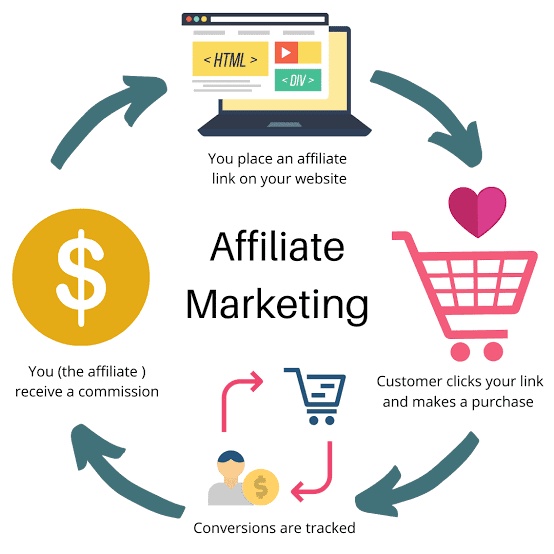
Image source BloggersPassion
In this approach, commission rates vary and should be attractive enough to motivate affiliates while still ensuring profitability for your business. The key to success in affiliate marketing is choosing the right affiliates who align with your brand values and are influential within your target market.
To optimize your affiliate marketing strategy, consider building a dedicated email list. Effective email campaigns can enhance engagement and drive conversions, turning subscribers into repeat customers.
11. Product Marketing
Product marketing is about positioning and selling your products to the right audience effectively. Identify the buyer personas and target audience for your product, as this will allow you to tailor your product features to solve your audience’s challenges.
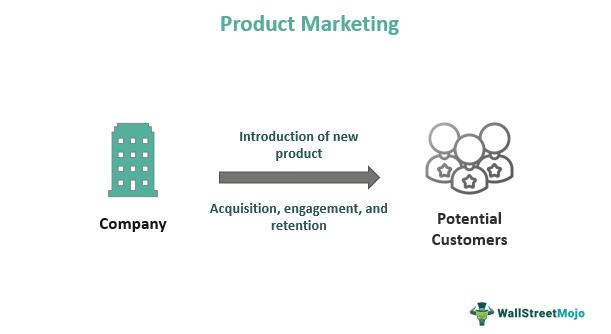
Image source WallstreetMojo
Key elements of successful product marketing include:
- Messaging & Positioning: Ensure your product messaging is clear and your positioning differentiates you in the market.
- Launch Planning: Develop a robust plan covering pre-launch activities, the actual launch, and post-launch follow-up.
- Sales Enablement: Arm your sales team with the necessary tools, resources, and training to sell your product effectively.
- Market Intelligence: Continuously gather insights from your market to stay competitive and make informed product decisions.
Review your product marketing strategies regularly, incorporating feedback and data to refine your approach. Keep your focus on delivering value to both your business and your customers.
12. Account-Based Marketing
When you focus your marketing efforts on specific accounts, Account-Based Marketing (ABM) is your go-to strategy. It involves aligning your marketing and sales teams to create personalized buying experiences for a select group of high-value companies.
By investing in ABM, you stand to gain a better return on investment compared to broader marketing tactics. It allows you to focus resources efficiently and forge stronger relationships with your prospects. Additionally, you may notice a significant decrease in customer acquisition costs by targeting your marketing so precisely.
13. Word-Of-Mouth Marketing
When strategizing for your brand’s success, Word-of-Mouth Marketing (WoMM) stands out as an exceedingly influential tool. This type of marketing harnesses the natural conversations people have about your brand, turning satisfied customers into advocates.
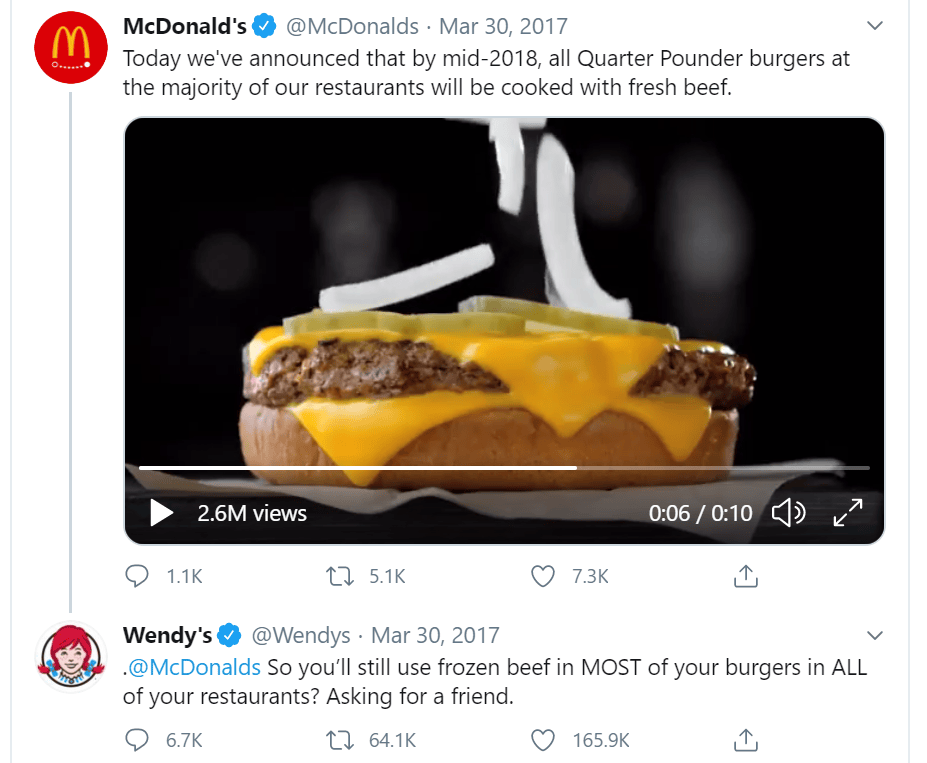
Image source CommerceGurus
Here are some strategies to strengthen your WoMM:
- Encourage customer reviews and track your Net Promoter Score (NPS) to gauge and improve customer satisfaction.
- Collaborate with influencers whose followers trust their recommendations.
- Consider referral incentives to motivate your customers to spread the word about your business.
Remember, the goal is to create a positive buzz that feels authentic and encourages people to talk about your products or services. By investing in Word-of-Mouth Marketing, you’re not only reaching new audiences but also building a community of loyal patrons around your brand.
14. User-Generated Marketing
User-Generated Content (UGC) is a powerful approach in which you harness content created by your own customers. It capitalizes on your audience’s inclination to share their experiences and can greatly amplify your brand’s reach. In fact, 79% of consumers say this type of content influences their purchasing decisions, which illustrates its significance in a successful marketing strategy.
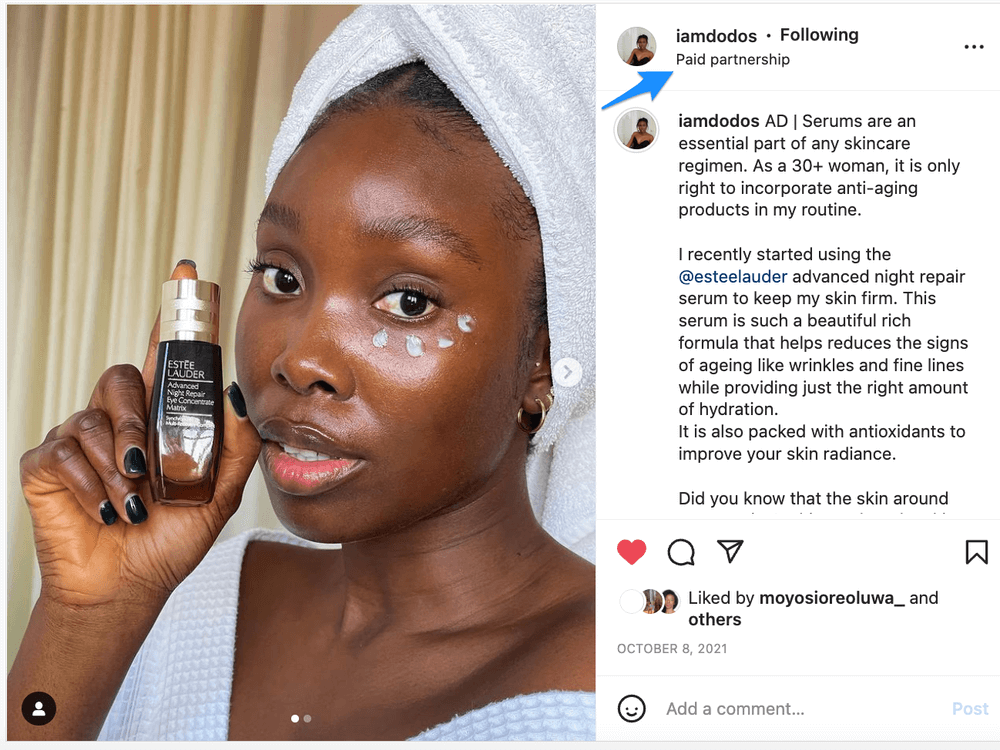
Image source Buffer
To effectively implement user-generated marketing, consider these tips:
- Encourage sharing by facilitating hashtag campaigns, contests, or rewards for posting content.
- Highlight user content on your platforms, showcasing real testimonials.
- Ensure the process for contributing content is straightforward, boosting participation rates.
While you can nudge and incentivize content creation, authentic UGC should never be coerced or scripted. Your aim should be to create an environment where customers feel inspired to share their experiences voluntarily, driving genuine peer endorsements that resonate with prospective buyers.
15. Event Marketing
Event marketing is a dynamic tool that allows you to showcase your brand, establish connections, and directly engage with your audience. When you invest in event marketing, you are creating an opportunity for face-to-face interactions and fostering a sense of community around your brand.
Types of event marketing includes:
- Conferences: Large-scale for industry-wide networking.
- Seminars: Focused on education and specific topics.
- Trade Shows: Exhibit your products to a targeted audience.
- Workshops: Interactive sessions for skills development.
Here’s how to execute successful event marketing for your brand:
- Know Your Audience: Tailor your event to your specific audience for better resonance.
- Early Planning: Schedule your events well in advance for maximum attention.
- Leverage Social Media: Utilize platforms like Facebook and Twitter to create buzz.
- Budget Wisely: Allocate your funds to essential aspects, such as venue and marketing efforts, and always have a contingency plan.
Amplify your marketing efforts as the event date draws nearer, creating a sense of urgency and excitement. This can lead to more registrations and heightened interest in the lead-up to the event.
Implementing a solid event marketing strategy can significantly elevate your brand’s presence and should be a key part of your overall marketing plan.
16. Mobile Marketing
Mobile marketing is an essential strategy for reaching your customers directly through the devices they use the most. By focusing on smartphone and tablet engagement, you can connect with users on a more immediate and personal level.
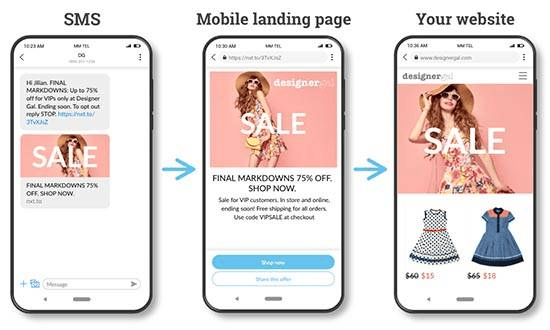
Image source CM
Effective mobile marketing strategies may include:
- SMS Campaigns: Alerting users through a business texting service about timely deals, promoting offers, and encouraging spontaneous purchases.
- Mobile Apps: Offering in-app rewards, personalized discounts, and improving customer loyalty.
- Responsive Web Design: Ensuring your website is optimized for mobile devices to improve user experience.
With an increasing number of users relying on their phones for internet access, not investing in mobile marketing could mean missing out on valuable touchpoints with potential customers.
17. Podcast Marketing
Podcast marketing is an avenue worth exploring. With 25% of marketers already leveraging podcasts in their content strategies and 47% planning to increase their investment, you should understand its potential benefits for your brand.
By integrating podcast marketing into your strategy, you tap into a growing market with a proven appetite for audio content. Develop a content marketing plan, engage with your audience through various platforms, and harness the power of analytics to track your success.
Remember, to capitalize on this effective medium, your focus should be on delivering valuable content that resonates with your listeners and encourages ongoing engagement. Podcast marketing is not just about pushing your brand; it’s about adding significant value to the content landscape.
18. Buzz Marketing
Buzz marketing is a technique designed to amplify your brand’s presence by creating excitement and anticipation, similar to the strategic adjustments needed when you undo reconciliation in QuickBooks Online.. It involves sparking conversations and leveraging word-of-mouth to foster a viral effect. With this approach, you aim to make your brand the talk of the town, encouraging organic discussions among consumers and influencers.
The success of buzz marketing relies on authenticity and relatability. Your campaign should inspire influencers and consumers to share their genuine excitement about your brand.
Ready to Elevate Your Brand? Which Marketing Strategy Will You Choose First?
Consider your specific goals and resources when you make decisions about where to invest in marketing. Your strategy should reflect your brand’s unique position and identity and should be tailored to maximize engagement with your desired customer base. Here are some major key takeaways:
- Diversify Your Strategies: Employ a combination of different marketing types, such as buzz marketing and influencer marketing, to capitalize on various audience segments.
- Embrace Digital Trends: Integrate digital marketing tactics to reach and engage with consumers online effectively.
- Leverage Branding: Focus on brand marketing to build a strong, emotional connection with your target audience.
- Stay Current: Keep your strategies fresh and adapt to changing market trends to maintain relevance and appeal.
Take your next step confidently—begin applying these insights to your brand’s marketing strategy today.





